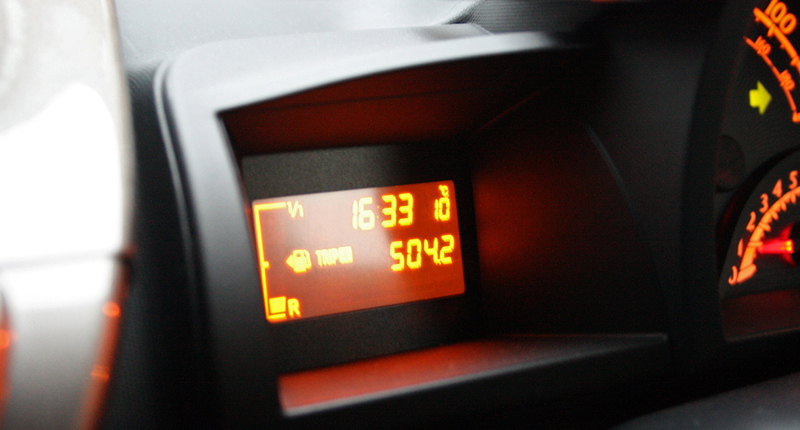Virtually everyone who pays for fuel (thatâ€
Some motorists, of course, take this obsession to ludicrous lengths, attempting to, say, decrease their vehicleâ€
No ad to show here.
Of course, unless youâ€
No, the average driver would benefit greatly from simply making a few small adjustments to his or her driving style and following one or two of the tips outlined below. Youâ€
But remember, always be a considerate driver: itâ€
So, here are our five tips.
1. Learn precise throttle control
Your carâ€
How do you master accurate throttle control? Well, you can make your life a whole lot easier by simply kicking off those thick-soled shoes – that means no ridiculous heels or wedges, ladies – and slipping on the type of footwear that actually allows you to feel the pedals (some people, the author included, find that they are able to exercise greater pedal control when barefoot, although in certain parts of the world shoeless driving is illegal). From there, itâ€
2. Reduce your vehicleâ€
Weight is the sworn enemy of fuel efficiency. If your vehicle is an automotive butterball, its engine will be forced to work excessively hard (and thus burn obscene amounts of fuel) for minimal reward. So, how do you make your ride lighter? Crack open the luggage compartment and ask yourself some tough questions: Do you really need to be lugging around that musty set of golf clubs that last saw the light of day back when the Discman was cool? And what about that sawn-off shotgun and baseball bat?
Get rid of anything and everything thatâ€
3. Be stingy with power-sapping ancillaries
Modern cars boast all sorts of nifty features capable of making the lives of occupants rather more comfortable. But most of these systems require the generation of extra energy, placing increased load on the engine and thus burning more fuel. So, whenever possible, try not to use power-sapping electrical ancillaries such as heated seats and loud audio systems. Of course, air-conditioning is the most notorious of them all.
Not prepared to give up your air-con (nobody wants to arrive at their destination dripping with sweat, after all)? Well, try parking in the shade on particularly warm days, so that you wonâ€
4. Anticipate changes in traffic
Generally speaking, the more cars you have to share the road with at any given time, the worse your fuel consumption. But you can minimise the damage by learning to anticipate, plan and react to various situations (i.e. driving defensively). Use the least amount of throttle and braking possible and try to time the traffic lights so that you seldom have to come to a complete stop.
Slow down by backing off the accelerator early rather than slamming on the brakes late. In-gear coasting is another handy technique that can make a marked difference in the efficiency of most cars. You see, modern fuel-injected engines simply cut off the fuel supply to the engine when coasting in-gear, leaving the momentum of the vehicle to keep it ticking over. Thus, this technique (in a high gear) is both more efficient and safer that coasting in neutral, which is basically the same as idling.
5. Donâ€
A car that isnâ€
Over and above routine servicing, make sure you keep a close eye on tyre pressures. Again, stick to manufacturer recommendations here, since under-inflated tyres cause unnecessary drag, while over-inflated tyres can bring about increased wear or even loss of traction. Also, make sure your wheels are properly aligned and balanced.
Bonus tip: The ultimate method of saving fuel? Simply drive less…
Image: Newspress
